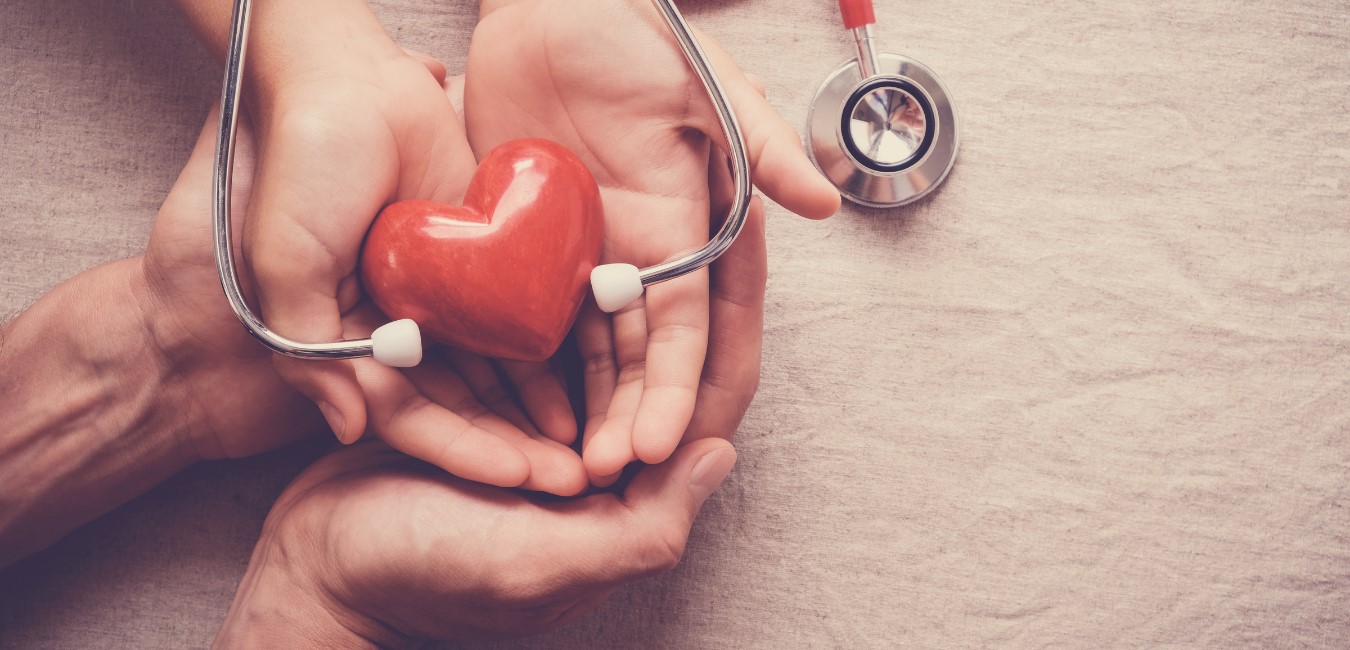Disease Prevention Articles
In the News May is Melanoma Awareness Month– Part I
Every May, we raise awareness for those who have the most common type of skin cancer in the U.S. – Melanoma.
In 2023 alone, an estimated 97,610 new cases of melanoma in the U.S. will be diagnosed and reported to the American Cancer Society.
So this month, we raise awareness about melanoma, specifically the dangers of unprotected UV exposure, which is the most preventable skin cancer risk factor.

What is melanoma?
“Melanoma is a disease in which malignant (cancer) cells form from melanocytes (cells that color the skin). This type of cancer can occur anywhere on the skin. In men, melanoma is often found on the trunk (the area from the shoulders to the hips) or the head and neck. In women, melanoma forms most often on the arms and legs.”
Unusual moles, exposure to sunlight, and health history can affect the risk of melanoma.
Being White or having a fair complexion increases the risk of melanoma, but anyone can have melanoma, including people with dark skin.
How is melanoma treated?
Doctors use different types of treatment on different types of cancer. Some of these types of treatments include:
- Surgery
- Chemotherapy
- Radiation
- Immunotherapy
- Targeted therapy
- Hormone therapy
Doctors also use combination therapy. Combination therapy is when doctors use 2 or more kinds of cancer treatments. The treatments may be given at the same time, one after the other, or in different ways. Doctors often use combination therapy because it may work better to treat cancer than a single treatment alone.
(Continued in Part II…)
Healthy Living: Skin Care Risk and You
Here are some surprising clues that could mean that you are more apt to being diagnosed with skin cancer than others…

Clue #1: You wear flip-flops often. If you wear flip-flops most of the spring and summer, your feet are prone to more sun exposure and sun damage than those who wear socks and shoes.
Clue #2: You wear baseball hats. While baseball hats protect your head from sun damage, your ears are constantly exposed and are often overlooked when your skin is checked for signs of skin cancer.
Clue #3: You are a male. Whether it’s habits, hormones or genes, or even a combination of these three, men have three times as many squamous cancer cells and twice as many basal cancer cells as women. Also, white men over the age of 50 have the highest incidence of melanoma.
Clue #4: You have dark skin. While skin with more pigment has a natural shield against UV rays, many African Americans, Hispanics and Asian Indians get a false sense of security and typically do not pay much attention to protecting their skin from these harmful rays. Skin cancer is also detected much later in dark skinned people, therefore making it harder to treat.
Clue #5: You live in the South or in the Mountains. Rates of skin cancer are obviously higher in places that receive more sunlight, like in the South or in the Mountains. Altitude is also a factor as UV radiation increases about 4 to 5 percent for every 1,000 feet above sea level.
Clue #6: You are a runner, cyclist, or swimmer. The more miles men and women run the greater their chance of acquiring skin cancer. The same goes for swimmers and cyclists who spend countless hours out in the climate.
Clue #7: You have a lot of moles. The average Caucasian has 30 moles – relatively round spots that are brown, red, or pink. But the moles that are asymmetrical, with raggedy borders, discoloration or changing size, are the ones that are more likely to develop into melanoma.
Health 101: February is Heart Health Month
In recognition of American Heart Health Month here are some important statistics regarding heart health:

- Heart disease is the leading cause of death in the United States.
- In 2010, an estimated 785,000 Americans had a coronary attack.
- The average age for a first heart attack for men is 66 years.
- Many cases of heart disease can be prevented.
Learn more at www.cdc.gov.
In the News Flu 2022~ Q and A – Part II
(continued from Part I…)

Q: Can I get a flu vaccine and a COVID-19 vaccine at the same visit?
A: Yes, you can get a COVID-19 vaccine and a flu vaccine at the same time if you are eligible, and the timing coincides.
Q: What is the difference between the flu and COVID-19?
A: Influenza (Flu) and COVID-19 are both contagious respiratory illnesses, but they are caused by different viruses. COVID-19 is caused by infection with a coronavirus named SARS-CoV-2, and flu is caused by infection with influenza viruses. You cannot tell the difference between flu and COVID-19 by symptoms alone because some of the symptoms are the same.
Q: Because the flu and COVID-19 symptoms are similar, how will I know what I have if I am ill?
A: Your health care professional may order a test to help confirm whether you have flu or COVID-19 or some other illness.
Q: Do I need to get a flu vaccine even if I wear a mask and avoid large crowds?
A: Yes. Wearing a mask and avoiding crowds and others who are sick can help protect you and others from respiratory viruses, like flu and the virus that causes COVID-19. However, the best way to reduce your risk of flu illness and its potentially serious complications is for everyone 6 months and older to get a flu vaccine each year. By getting a flu vaccine, you may also be protecting people around you who are more vulnerable to serious flu complications.
We hope this article answered some questions that you had regarding this year’s flu season.
Stay healthy!

